10 Best Product Data Management Software in 2026
Summarize this article with:
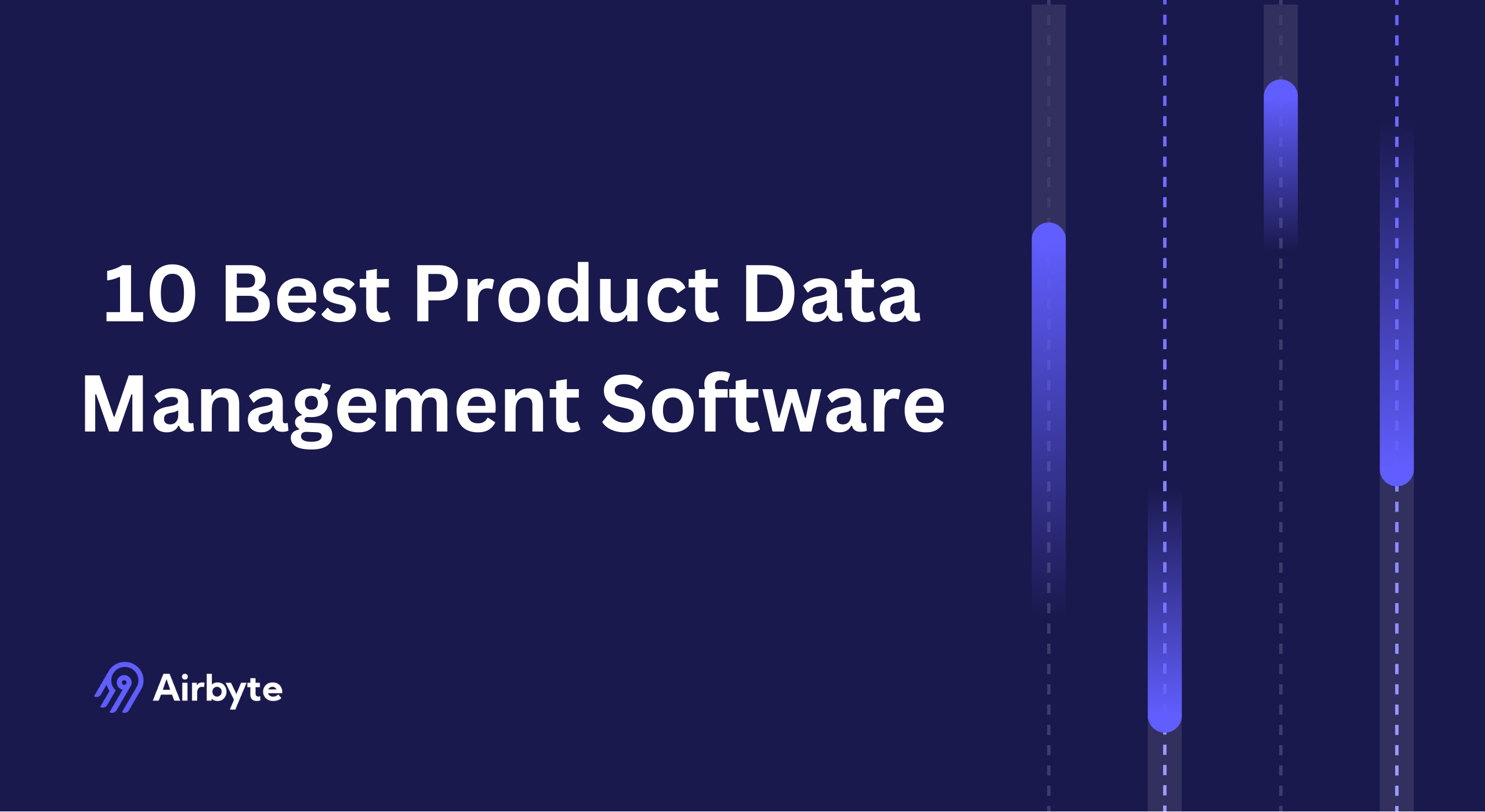
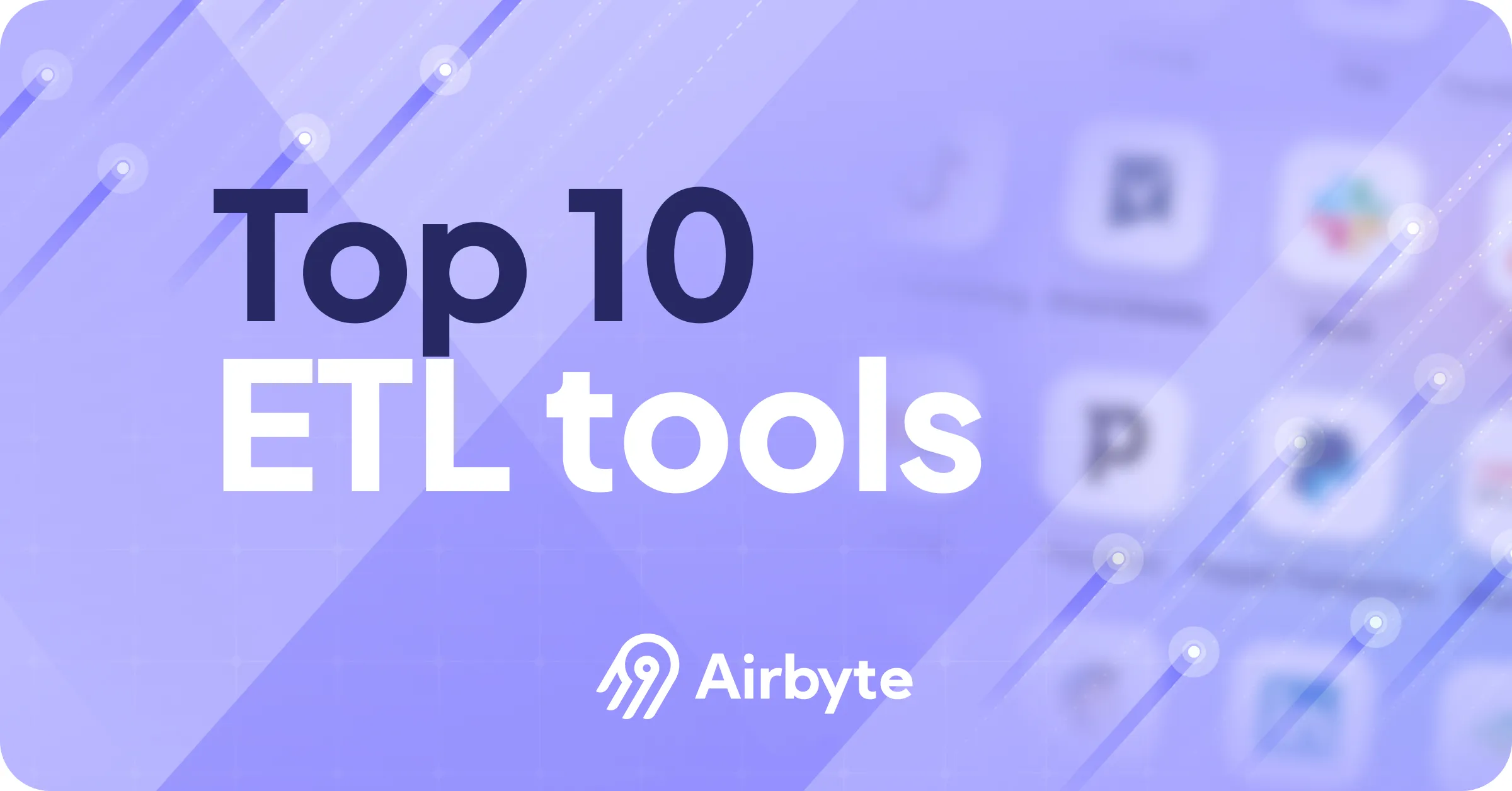
Effective management of the product data is crucial for your business to stay competitive. With the enormous volume of data generated during product design, development, and manufacturing, it is essential to use product data management (PDM) tools to streamline workflows. According to research, the PDM software market was $2.53 billion in 2023 and is estimated to reach $5.23 billion by 2031.
Product data management platforms help you store, organize, and distribute accurate product data across multiple channels. The right solution can enhance your business’s ability to provide personalized experiences to your customers.
This article lists the best product data management software, which will help your organization manage product data efficiently and improve productivity.
What is Product Data Management Software?
Product data management software helps you to centralize and manage product-related information. This information can include computer-aided designs (CAD), product parts information, manufacturing instructions, bills of materials (BOM), and design revisions. By providing visibility into the product data, PDM improves productivity, enhances the speed at which products reach the market, and enables efficient collaboration.
10 Best Product Data Management Software Platforms
SolidWorks PDM

SolidWorks PDM helps you organize, synchronize, and manage product design data across your organization. One of the appealing features of this software is the task pane, which displays relevant information about the project that you are working on. At any time, you can see which product parts are up-to-date.
Key Features of SolidWorks PDM
- It has robust search capabilities and allows for quick data retrieval. SolidWorks PDM also provides dynamic previews, enabling identification and integration into designs.
- If you want to make a design change, the documents within SolidWorks PDM can be checked out and locked to avoid potential conflicts.
- SolidWorks PDM allows you to track approvals and eliminate manual sign-offs.
Teamcenter
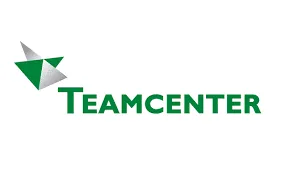
Teamcenter is a modern and adaptable product lifecycle management system offered by Siemens. It assists you in managing the product data from design to production. Teamcenter supports the creation and management of digital twins, which are virtual representations of physical products. This integration allows for real-time monitoring, simulation, and analysis of product performance, enabling predictive maintenance and optimization throughout the product lifecycle.
Key Features of Teamcenter
- Its high-performance interface enables you to integrate the system’s capabilities with your existing applications like CAD, CAM, ERP, and SCM.
- With Teamcenter, you can thoroughly audit your product information. It offers clear visual feedback that allows you to identify the details that were completed and those that require further attention.
OpenBOM
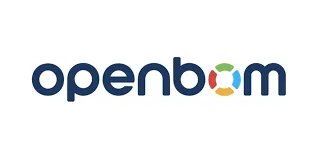
OpenBOM is a network-based product lifecycle management platform. Its data management architecture is built using flexible data objects that can hold different information sets semantically connected together. These data objects enable you to create data structures tailored to specific requirements using predefined and fully customizable attributes.
Key Features of OpenBOM
- The share function of OpenBOM allows you to share information with data teams, contractors, or suppliers and restrict access to specific columns or data.
- It employs a polyglot persistence architecture for flexible data management. You can use multiple databases like Neo4j and MongoDB to maximize performance and scalability.
- OpenBOM supports CAD integration, which allows you to insert design data into your OpenBOM workflow environment. When your design changes, OpenBOM enables you to update the data.
Onshape

With approximately 4 million users worldwide, Onshape is the fastest-growing PDM/CAD product development platform. It lets you centralize all the data related to the product, such as designs, CAD, BOM, and drawings. This enables you to search and manage it efficiently for improved product development.
Key Features of Onshape
- The branching features empower you to create an independent workspace for individuals in your organization who want to explore ideas without disrupting other’s work.
- Onshape’s merging feature enables multiple individuals to work on the same design, fostering collaboration.
- The built-in change detection feature allows you to set alerts and visual cues to keep your teams aware and informed about the changes.
Bild
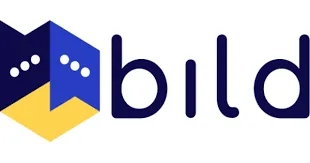
Bild is a cloud-based solution for managing product design information. Its intuitive interface makes it easy to access information. With Bild, you can track every file update and metadata change and work with the latest information. Additionally, it supports the creation of new version blocks, which are specific containers that help you keep track of different versions of the design files.
Key Features of Bild
- With Bild, you can establish robust document control through check-in and check-out workflows. By checking out a design, you can prevent other designers from making updates while still allowing them to view the model in read-only mode.
- It provides vendor access control to share your designs with vendors securely for viewing or downloading purposes.
- Bild also offers encrypted backups in case of accidental deletion and RBAC to maintain confidentiality across the organization.
PTC Windchill

PTC Windchill helps you handle all the aspects of your product development cycle, from concept to service and retirement. Within Windchill, you can store and manage data such as CAD, BOM, and documents. The open architecture of Windchill allows you to integrate it with other systems like IoT, providing a solid foundation to track product information.
Key Features of PTC Windchill
- You can convert complex CAD designs into simplified and accessible formats, like documents, that can be viewed and shared.
- Windchill provides various quality management tools, including change controls, closed-loop feedback, document control, and traceability. These tools help you maintain high product standards, comply with regulatory standards, and prioritize quality assurance.
Autodesk Vault

Autodesk Vault is a PDM software that helps you organize data, manage documents, and track data revisions. You can integrate Vault with Autodesk tools, such as AutoCAD, Inventor, and Revit. This enables your engineering team to simultaneously access the design and project data and work on it from one central location.
Key Features of Autodesk Vault
- The shared view feature allows you to share native files with external collaborators while protecting IP.
- Vault allows you to quickly locate files and folders using tokens, which are index values that improve the search speed. You can also use boolean operators (AND, NOT, OR) to specify search criteria.
- You can backup selective vaults and library databases to reduce the time and space required for the backup process.
Synergis Adept

Adept is a comprehensive solution that allows you to streamline the management of product-related data across various engineering. It provides a centralized platform to manage documents, metadata, and business processes from anywhere.
Key Features of Synergis Adept
- Adept provides multiple deployment options, including cloud, on-premise, or hybrid.
- You can set up notifications and time-based alerts and implement audit trails to maintain a record of every step of your workflow
Aras Innovator

Aras is a highly versatile web-based product data platform. It supports digital thread strategies that enable you to track digital assets throughout the product lifecycle, from design to quality control. This traceability ensures that all stakeholders have access to the relevant and up-to-date information related to any aspect of the product.
Key Features of Aras Innovator
- It allows you to define granular access controls based on roles and implement e-signature and dual authentication processes for regulatory compliance.
- Aras ensures the availability of CAD and document files by storing them in a secure environment called vaults. These vaults offer high-speed file transfer and facilitate quick access.
- It automatically triggers notifications to relevant users when an Engineering Change Order (ECO) is initiated to modify a product's design. This helps maintain data consistency across the product lifecycle
Autodesk Fusion 360
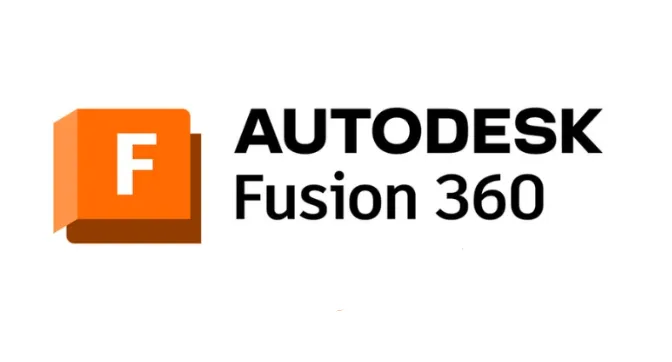
Autodesk Fusion 360 is a cloud-based product lifecycle management solution that is designed to enhance your workflows and improve collaboration among teams. It facilitates the centralization of product data, ensuring everyone has access to accurate and up-to-date information.
Key Features of Autodesk Fusion 360
- It offers flexible and scalable PLM processes, such as new product development, change management, supplier collaboration, and quality management. You can customize these processes to meet your business project requirements.
- Fusion 360 offers APIs and the ability to develop custom add-ins. This advanced feature enables you to extend the functionality, automate tasks, and integrate it with other systems effortlessly.
How Does Product Data Management Software Work?
There are three primary steps involved in managing the product data using PDM software:
- Data Collection: To collect the relevant data related to your product, you need to integrate the PDM software with the existing systems such as ERP, SCM, and CAD.
- Cleansing: Once the data is collected, you need to clean and prepare it. PDM tools help you identify any discrepancies or inconsistencies in the data to ensure it aligns with the established standards.
- Storing: This newly cleaned data will be stored in a centralized platform that can be utilized for the product development process.
5 Tips On Choosing The Right Product Data Management Software
The following are five key tips which you can consider while choosing a PDM software:
Tip 1: Evaluate Scalability
Your organization’s data needs will likely grow with the new products, resulting in new customers and expansion opportunities. Choosing a PDM software that can scale with the growing data ensures you don’t have to switch to a new system later.
Tip 2: Workflow Automation Capabilities
Workflow automation speeds up processes, minimizes errors, and allows your data teams to focus on high-value tasks. Check if the PDM software includes automation features for key processes, like setting up notifications when a design is ready to be reviewed by stakeholders or managers or setting up change requests.
Tip 3: Integration Capabilities
If your company uses different tools such as CAD, ERP, and PLM to manage various parts of the product lifecycle, then the PDM you choose should work well with these systems. This integration ensures that different departments, like manufacturing and procurement teams, always have the latest information.
Tip 4: Security and Compliance Features
Product data contains proprietary information that, if leaked, can affect your organization's competitive advantage. Some of the security concerns include unauthorized access, accidental data loss due to system failure, or exposure to cyberattacks. You should seek a PDM solution with robust security features like data encryption, role-based access, and activity logging. Ensure that the PDM software supports compliance with relevant standards like ISO, FDA, or GDPR.
Tip 5: Deployment Options
Cloud-based PDM systems provide remote access, flexibility, and lower upfront costs, while on-premises systems offer more control over data and privacy. Evaluate your organization’s requirements for data access, security, and cost structure and see which deployment options would be better.
Integrate Product Data With Other Sources Using Airbyte
Managing product data can be overwhelming, especially when you need to combine it with other sources to get a complete view of your products. Tools like Airbyte help you integrate data from multiple sources into your destination within minutes. It offers a suite of 600+ pre-built connectors, including databases, data lake, API, and various analytical platforms. With these connectors, you can build a pipeline to transfer required data from the source to your target system.
Here are some robust features of Airbyte:
- Custom Connector Development: Airbyte offers a Connector Development Kit (CDK) that helps you build custom connectors within 30 minutes. Further, you can also leverage AI-assist functionality in Connector Builder that reduces the setup time by pre-filling the configuration fields and providing intelligent suggestions.
- PyAirbyte: PyAirbyte is a Python library offered by Airbyte that enables you to extract data from multiple sources using Airbyte connectors in your developer environment.
- Change Data Capture: With Airbyte's CDC feature, you can capture incremental changes made at the source data system and reflect them in the destination. This functionality reduces the risk of you working with outdated information that affects your product-related processes.
Conclusion
Managing the extensive data related to a particular product can be challenging as it includes a wide range of information such as description, specifications, images, and pricing. Product data management (PDM) software helps organizations store, organize, and manage this data pertaining to products throughout their lifecycle. Leveraging the above-listed tools can help your business maintain accurate product information, enhance workforce productivity, and stay intact in a competitive marketplace.
Frequently asked questions
1. What is the difference between Product Data Management (PDM) and Product Lifecycle Management (PLM)?
PDM focuses on storing, organizing, and controlling product-related data such as CAD files, BOMs, and design revisions. PLM is broader, managing the entire product lifecycle—from concept and design to manufacturing, service, and retirement—and often includes PDM as a component.
2. Who typically uses PDM software?
PDM software is commonly used by engineers, product designers, manufacturing teams, and quality control specialists. It’s also valuable for project managers and supply chain teams that need access to accurate and up-to-date product information.
3. Can PDM software integrate with CAD tools?
Yes. Most leading PDM platforms integrate seamlessly with popular CAD tools like SolidWorks, AutoCAD, Creo, and Inventor. This ensures that design data is automatically stored, versioned, and linked to related product documentation.
4. What are the main benefits of using PDM software?
Key benefits include improved collaboration across teams, reduced errors from outdated files, faster product development cycles, secure data access, and streamlined change management processes.
5. How do I choose the right PDM software for my business?
Consider factors like CAD compatibility, ease of use, scalability, deployment options (cloud vs. on-premise), version control features, and integration with other enterprise systems such as ERP or PLM.
Suggested Reads:
What should you do next?
Hope you enjoyed the reading. Here are the 3 ways we can help you in your data journey:



Frequently Asked Questions
What is ETL?
ETL, an acronym for Extract, Transform, Load, is a vital data integration process. It involves extracting data from diverse sources, transforming it into a usable format, and loading it into a database, data warehouse or data lake. This process enables meaningful data analysis, enhancing business intelligence.
This can be done by building a data pipeline manually, usually a Python script (you can leverage a tool as Apache Airflow for this). This process can take more than a full week of development. Or it can be done in minutes on Airbyte in three easy steps: set it up as a source, choose a destination among 50 available off the shelf, and define which data you want to transfer and how frequently.
The most prominent ETL tools to extract data include: Airbyte, Fivetran, StitchData, Matillion, and Talend Data Integration. These ETL and ELT tools help in extracting data from various sources (APIs, databases, and more), transforming it efficiently, and loading it into a database, data warehouse or data lake, enhancing data management capabilities.
What is ELT?
ELT, standing for Extract, Load, Transform, is a modern take on the traditional ETL data integration process. In ELT, data is first extracted from various sources, loaded directly into a data warehouse, and then transformed. This approach enhances data processing speed, analytical flexibility and autonomy.
Difference between ETL and ELT?
ETL and ELT are critical data integration strategies with key differences. ETL (Extract, Transform, Load) transforms data before loading, ideal for structured data. In contrast, ELT (Extract, Load, Transform) loads data before transformation, perfect for processing large, diverse data sets in modern data warehouses. ELT is becoming the new standard as it offers a lot more flexibility and autonomy to data analysts.

.webp)